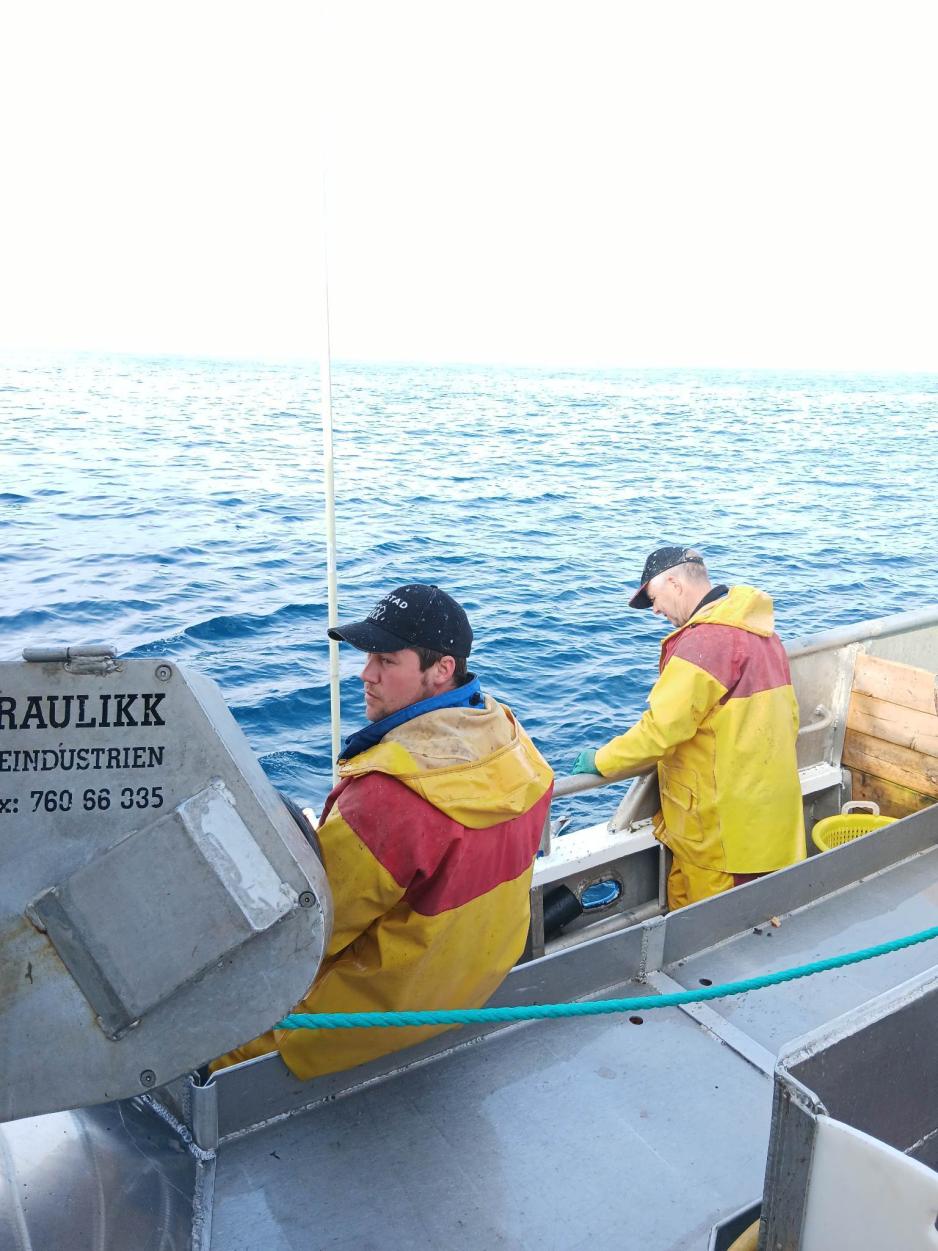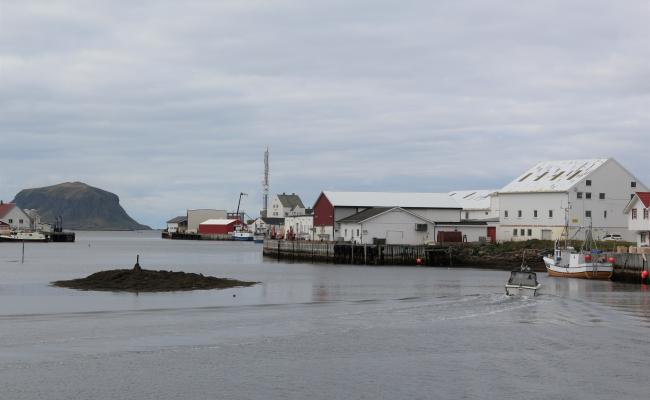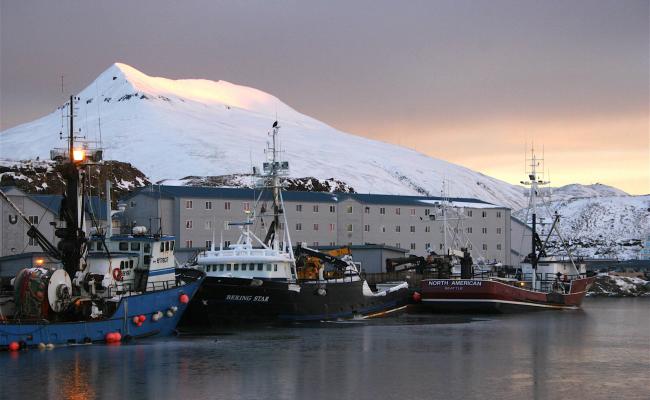A Forgotten Arctic Delicacy on Its Way to the Asian Market
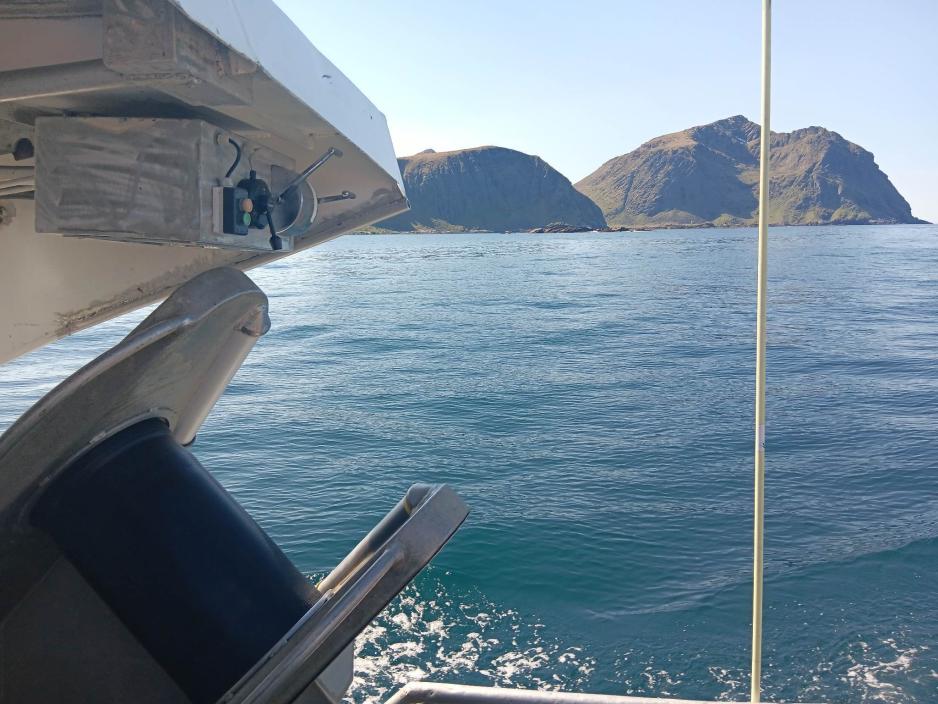
From the Greenland Halibut fishing off the Lofoten Islands in Northern Norway. Out on the fishing grounds, the two fishing vessels "Meholmen" and "Øyviking" set nets at a depth of approximately 600 metres. With 40 yarns in a chain, it can take three to four hours to pull everything up. (Photo: Ole-Martin Hansen).
The Greenland Halibut fishery has been concluded for now. Despite the reddish-brown flounder fish going under the radar for many, the intensive fishery is of great value for fishers and fish receptions in the north.
The first half of this year's Greenland Halibut fishery is coming to an end. On Wednesday night, the final halibut fishing nets had to be pulled up – and many fishers may finally experience some relaxing summer days after a hectic winter and spring.
Over the course of the last two weeks, the Norwegian coastal fleet has caught over 4200 tonnes of Greenland Halibut.
"We are heading out to lift our fishing nets. And then we will start our summer holiday," said Norwegian fisher Ole-Martin Hansen to High North News when we spoke to him earlier this week.
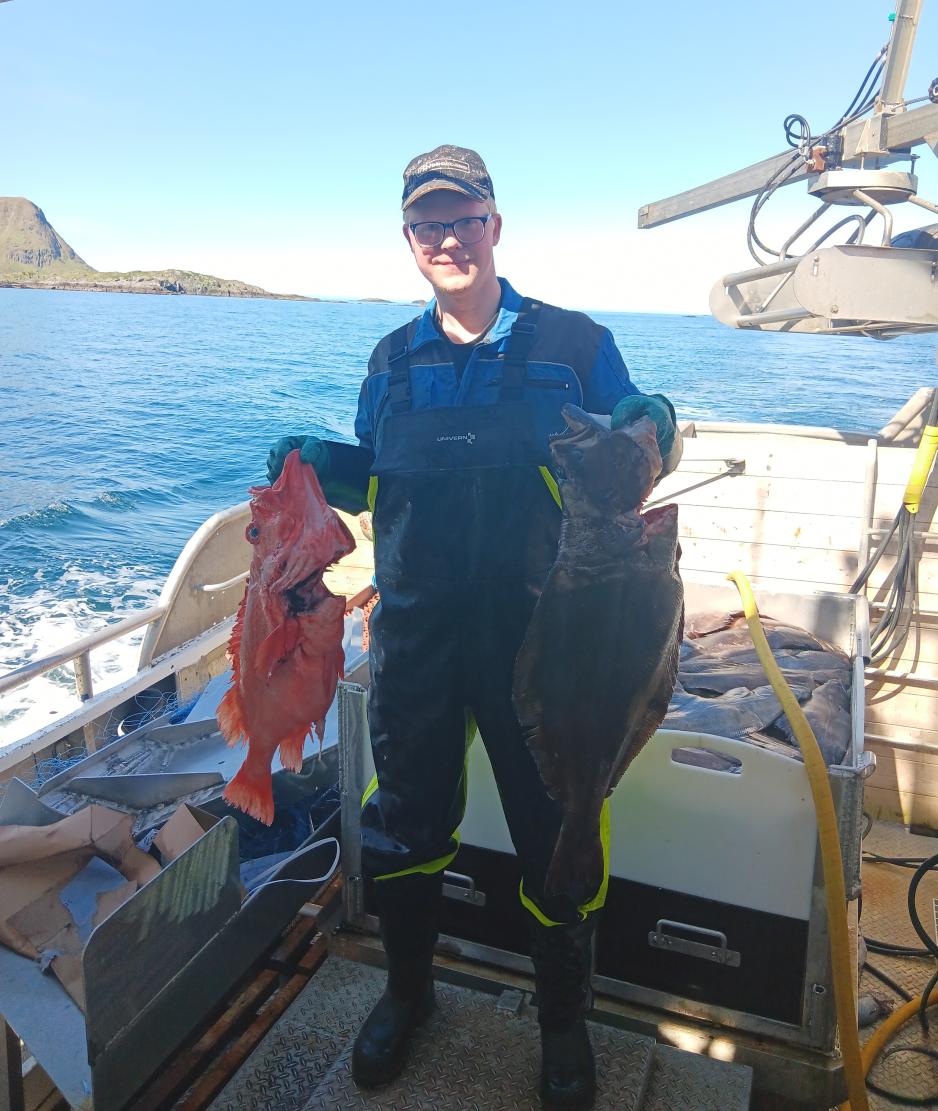
Fisherman Ole-Martin Hansen with his catch. (Photo: Private)
Long distances to reach the fishing grounds
The traditional, but intensive Greenland Halibut fishery has no guaranteed quota. The maximum coastal fleet quota varies from 20 to 25 tonnes depending on the length of the vessel.
The fishery is concluded by the fishery authorities when the total quota for the period has been reached. The Norwegian Directorate of Fisheries expects the quota of 4900 tonnes to be caught within a short time.
During the Greenland Halibut fishery, Hansen is part of the crew on "Meholmen" and "Øyviking" which deliver their fish in Ramberg in Lofoten, Northern Norway.
The two boats sail for seven hours from Ramberg into the open sea to set nets at a depth of about 600 meters.
Hansen says that they set 4 sets of 40 fishing nets each. Lifting just one set often takes up to 3-4 hours.
"Many hours pass before we finish. The ropes are heavy", he emphasizes.
The Greenland Halibut fishery is profitable for the fishers – perhaps especially this year.
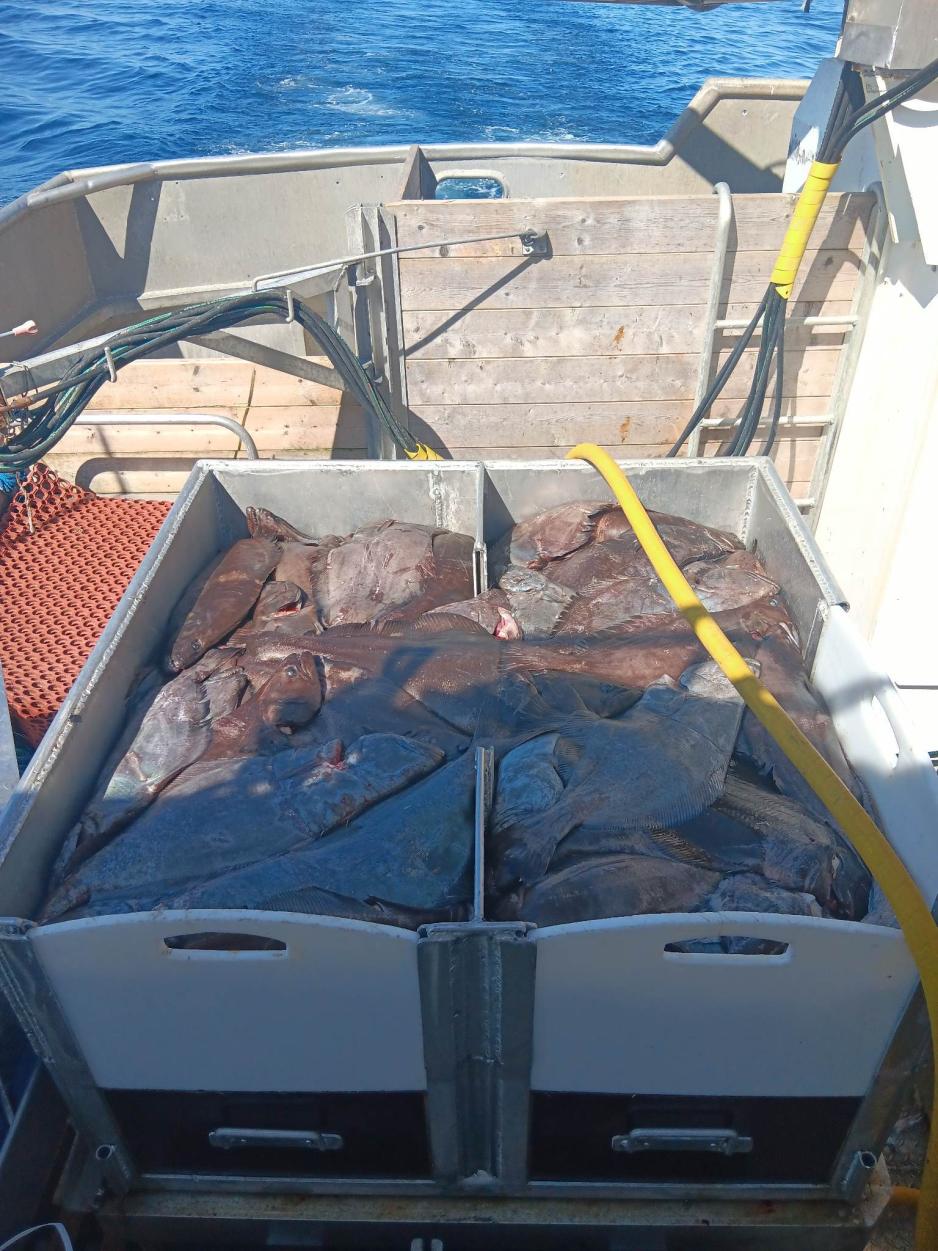
Greenland Halibut catch. According to Norges råfisklag (Fisher's own sales organization. Red. note), 1800 of the total catch this year has been caught with nets, 1730 tonnes with line/autoline, and 530 tonnes with Danish seine. (Photo: Ole-Martin Hansen)
High prices
In the last two weeks, very high prices for the Greenlandic Halibut have been reported, especially in some areas of Lofoten. Hansen says that they get a price of NOK 47 per kilo. Last year, the price per kilo was significantly lower.
According to Norges Råfisklag (the fishermen's own sales organization), 2600 tonnes of Greenland Halibut with a value of NOK 122 million was caught last week – almost twice as much as the week before. Certain catches have been sold for more than NOK 50 per kilo – with an average of NOK 46,68 per kilo.
"There have been historic prices," says Jørn Høidahl, who is fishing outside Vesterålen, to the newspaper.
"We have gotten around NOK 46 per kilo. Last year, it was around NOK 30 per kilo," he says.
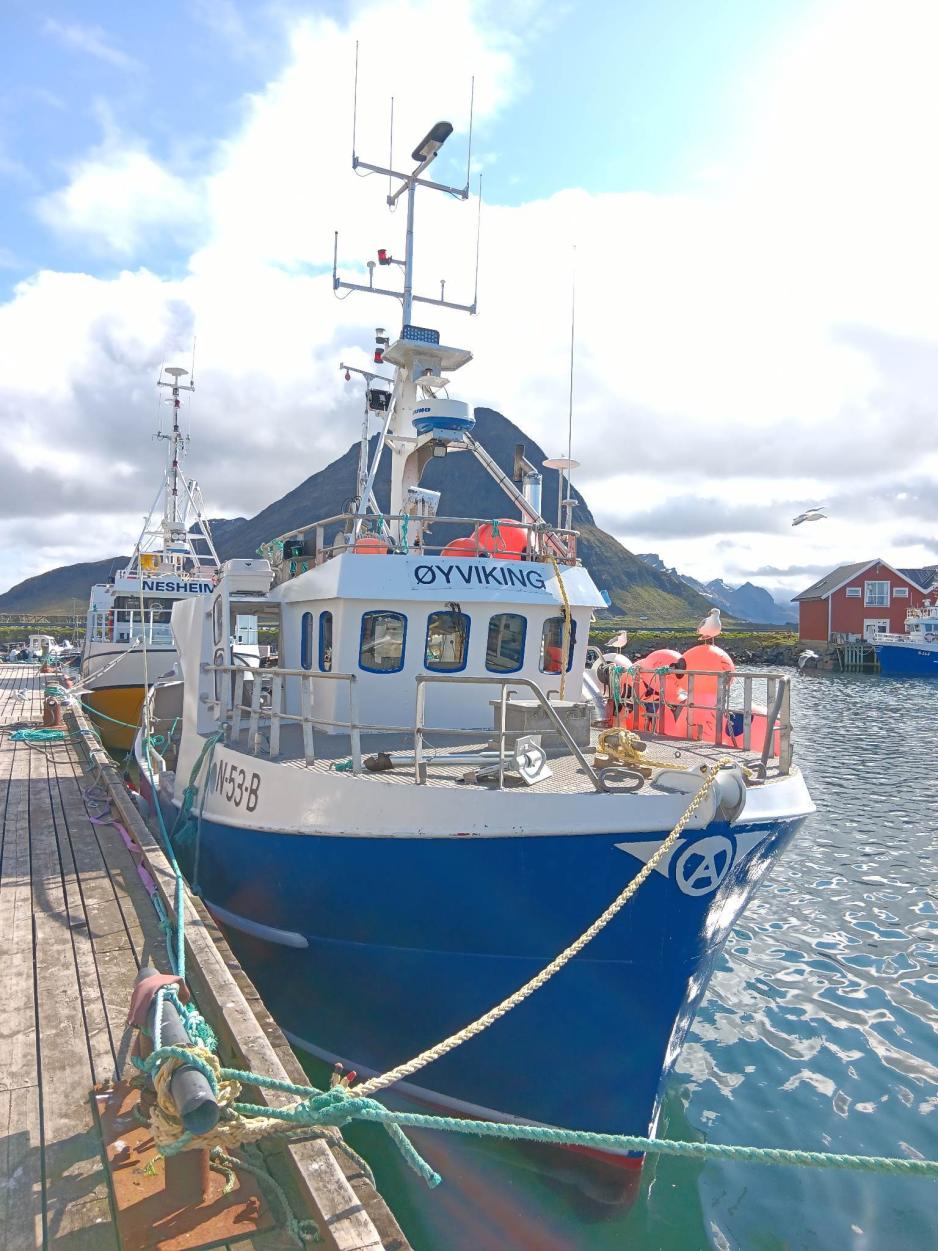
The fishing vessel 'Øyviking' docked in Ramberg, Lofoten in Northern Norway. (Photo: Ole-Martin Hansen)
Fishing at 'eggakanten'
Høidahl does net fishing from the boat "Sørbåen". His home port is his Bø in Vesterålen, Northern Norway and the Greenland Halibut is delivered to the local fish reception in Skårvagen.
"We delivered there during the cod fishery this winter as well. It is important to support the local fish receptions," he emphasizes.
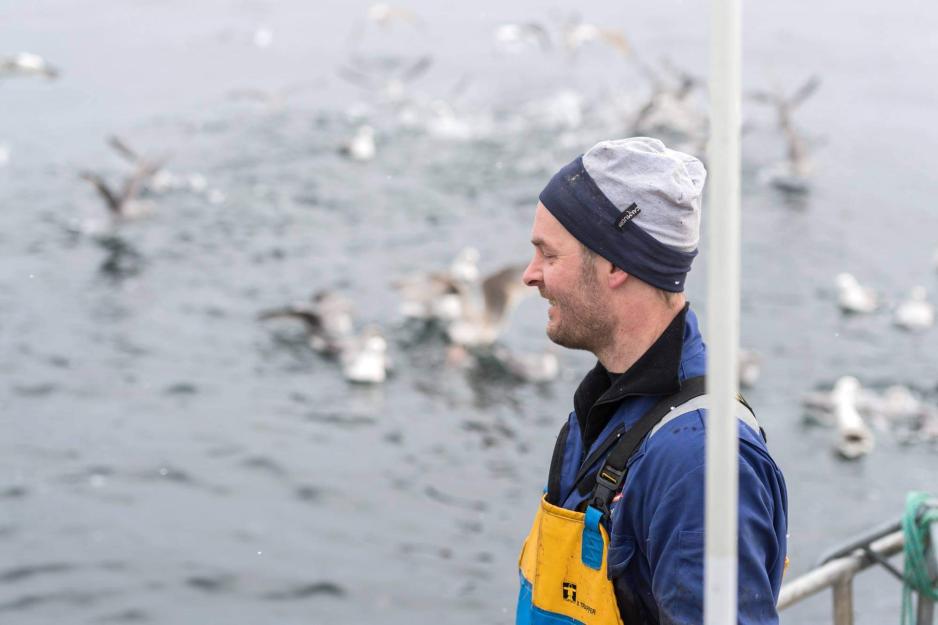
Jørn Høidahl (44) is a fisherman aboard "Sørbåen" of Høidahl Kystfiske AS. (Photo: Private)
Høidahl can also speak of a lot of Greenland Halibut this year.
Many of the largest boats have been out by Tromsøflaket, a fishing bank north of Northern Troms, where a lot of fish has been reported. During the Greenland Halibut fishery, Høidahl and the crew have been fishing at 'eggakanten', outside Vesterålen. (Eggakanten is the slope from the continental shelf down towards the deep parts of the Norwegian Sea, Red. note)
"There are long distances out to the fish and an almost fire-hour trip one way for us to get to 'eggakanten'. When the distances are so long, we have to be sure that we will be able to lift the nets. We therefore sleep with one eye open to keep up with the weather forecast," he says laughing.
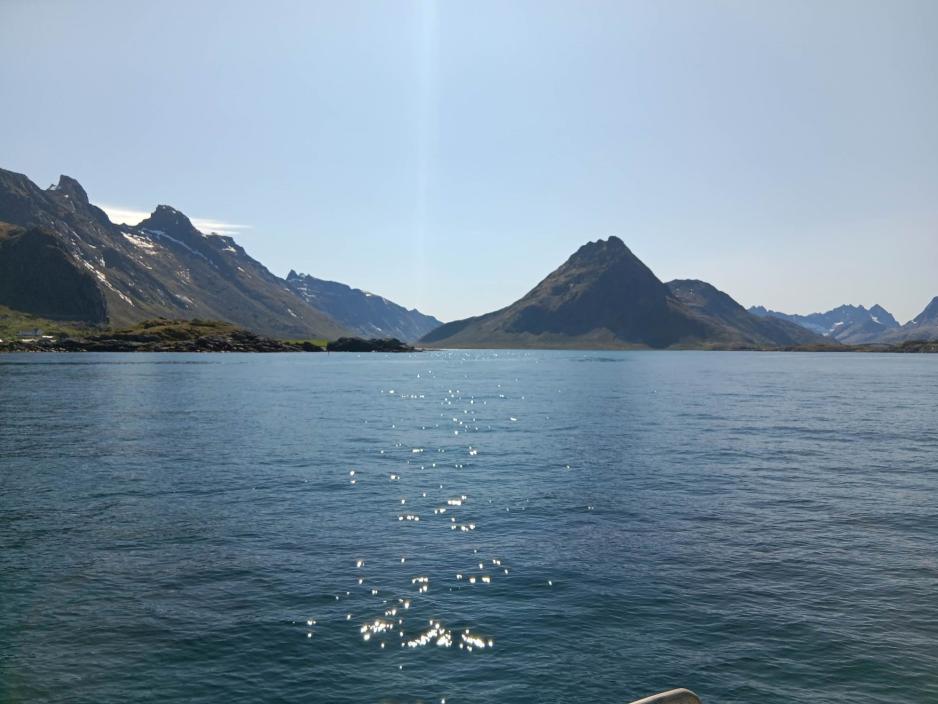
From the Greenland Halibut fishery outside Lofoten. According to Norges råfisklag, the largest quantity of Greenland Halibut this year was delivered in Troms and was at a total of 1730 tonnes – followed by Vesterålen with 1150 tonnes, Lofoten with 970 tonnes and Finnmark with 200 tonnes. (Photo: Ole-Martin Hansen)
From the Norwegian coast to China
There has been a great demand among buyers on land in Norway, says the Sales Manager of Norges råfisklag, Willy Gotliebsen.
High demand is favorable – considering the high export price, he adds.
"Most of the Greenland Halibut is frozen on land after gutting and is exported to China," says Godtliebsen.
China has grown as a market in recent years, but little halibut went in that direction in the past. The Greenland Halibut is especially used for sushi in China.
The Greenland Halibut is also exported to other markets in Asia. A small amount of fresh fish is exported to the European market.
"Some of it is also traded in the domestic market in Norway. Smoked Greenland Halibut is a delicacy, but not many eat it," Godtliebsen points out.
In the past, the delicacy was also widely used in German cuisine, but this tradition has been lost in recent years and has to a lesser extent been adopted by newer generations, concludes the sales manager.
The Greenland Halibut
The Greenland Halibut is a species of fish in the flounder family.
The Greenland Halibut is widespread in all northern waters but mainly occurs in areas in which the water temperature is below 4 degrees Celsius.
The Greenland Halibut can be up to one meter long and weigh up to 20 kilos.
The Greenland Halibut is caught with trawl, line, or nets.
Its main spawning area is found along 'eggakanten' between Vesterålen and Svalbard.
The Greenland Halibut stock in the northeast Atlantic is jointly managed by Norway and Russia.
Source: The Great Norwegian Encyclopedia and the Norwegian Institute of Marine Research
Also read
This article was originally published in Norwegian and has been translated by Birgitte Annie Molid Martinussen.


